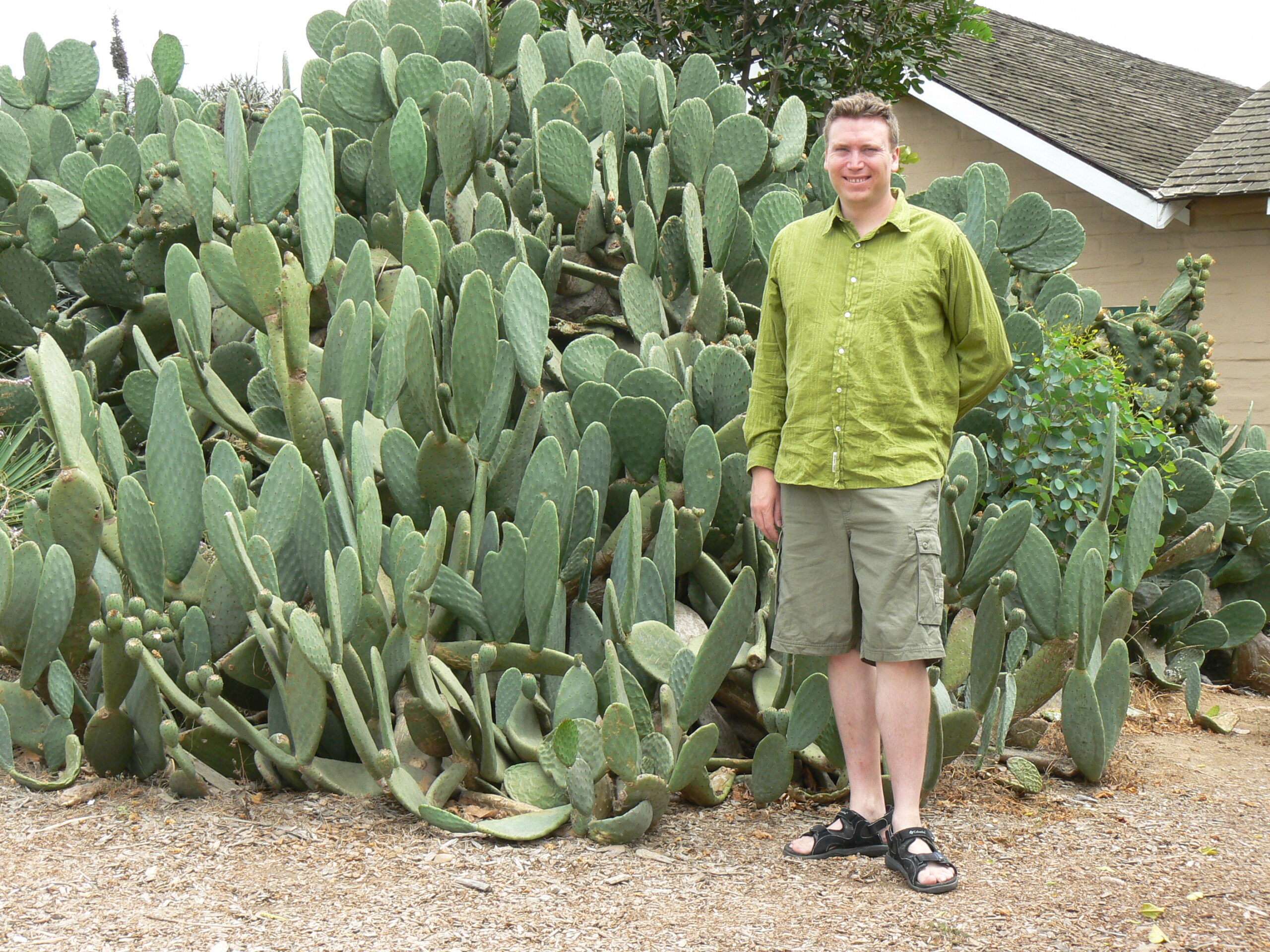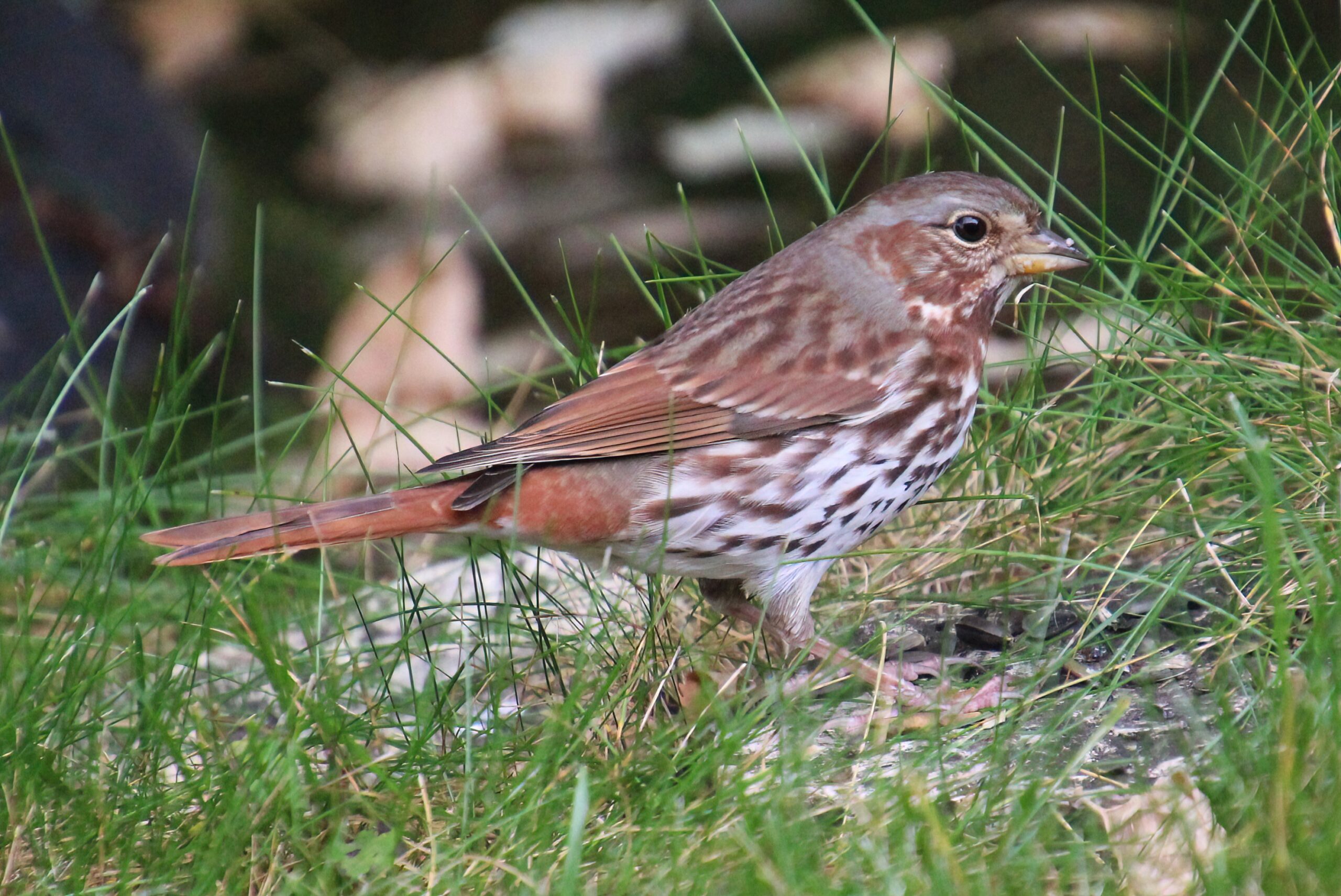The important cultural and religious festivals of Christmas, Hanukkah, and Kwanzaa are all joyfully celebrated this month. Looking for a holiday gift steeped in tradition, replete with meaning, and gorgeous to boot? How about a festive plant? Following are some of my top picks for beauty, ease-of-care, and cultural significance!
Poinsettia – Originating from Central America and Mexico, poinsettias have a long history of adulation by human civilizations. Aztecs used the leaves to create dye for their fabrics and harvested the plant’s sap for medicinal uses. Aztec royalty in particular were recognized as being such avid fans of the plant that they often surrounded themselves and their loved ones with this “skin flower” as it represented purity. Introduced to the United States and shortly thereafter to the British Commonwealth by Joel Poinsett (the American ambassador to Mexico in the early 1800’s, after whom the plant was named), poinsettias quickly made their way into mainstream North American and European culture. Also known as both “the Christmas flower” and “the Hanukkah flower (white shades)”, these beauties are arguably the most recognized holiday plants worldwide. A member of the spurge family, poinsettias are prized for their brilliant bracts (yes bracts – the colored, petal-like leaves on the plants are just that – the flowers themselves are bland and insignificant) in rainbows of color. Care for the plants is simple: set into a medium-brightly lit, warm area in the house and keep well watered (without allowing the plant to sit in water; drain saucer a few minutes after watering).
Amaryllis – Simply one of the most beautiful plants you can cultivate indoors, amaryllis feature huge, artistic, and elegant blooms on sturdy stems produced by oversized bulbs. Named after a Greek Shepardess, the English word “amaryllis” roughly translates to the Greek word “amarysso”, or “to sparkle”; one look at the amazing flowers of this plant and there is little question as to why it earned such a vivid moniker. These flowering beauties enjoyed their debut into European civilization in the early 1800’s, shortly after their discovery growing wild on a Chilean mountainside by Uduard Frederich Poepping. Botanically speaking, amaryllis is a controversial member of the Hippeastrum genus (some say it belongs in this category; others say it is a true amaryllis), and it tends to appreciate the same care as any of the 90 or so hippeastrum species: place in a bright area indoors, keep evenly moist (but do not allow to sit in water), and fertilize with a well-balanced fertilizer once every other week through the bud and bloom stages. Where amaryllis are easily kept as houseplants once the bloom has faded, they are somewhat difficult to bring back into bloom. Unless you are an avid horticulturist with ample time on your hands, probably the best way to ensure beautiful amaryllis blooms for next season is to simply throw out the old plant once it has finished blooming and purchase a new plant next fall.
Azalea – I love this plant as both a long-blooming, easy-care houseplant indoors (Rhododendron simsii; place in filtered light with consistent moisture, fertilize regularly) and as a tender perennial outdoors (Rhododendron indica; place in shade with consistent moisture, fertilize regularly), although hybrid plants grouped under either name may often be grown in similar conditions and enjoy similar hardiness. Admired as symbols of patience, temperance, and passion, azaleas are native to Southeast Asia and were first introduced to Europe in the late 1600’s. So popular have been the brightly flowered, drought-tolerant plants (even the name “azalea” means “dry” in Greek, and indeed you can dry the plant out to the point of wilting and it will recover without any damage after a thorough watering) that there are currently an estimated 100 million plants in cultivation worldwide. With its dark green, glossy leaves, and ruffled flowers produced in abundance, azaleas are wonderful holiday plants that transition easily into the New Year.
Hydrangea – Prized for their blue blooms, pot hydrangeas have become very popular in recent decades as a holiday plant. Heralding from Japanese gardens of old (some of the earliest records of hydrangea breeding are around 500 years old), hydrangeas are woodland plants that add beauty and majesty to any planting, indoors or out. Jewish traditions in particular follow colorful arrangements in blue and white/cream shade. Care for hydrangeas as you would most other blooming indoor plants: water when the soil is moderately dry and remove flowers as they fade. In order to maintain the blue color of bloom, hydrangeas do require a low PH, simply fertilize every couple of weeks with a well-balanced plant food such as 20-20-20 water soluble.
I love December. I love the holidays. I love the snow. I love the gorgeous and festive plants that adorn my home during the festive season. And I absolutely love spreading the joy around with a few well-chosen plants given to friends and family. Why not give it a try and shower your loved ones with holiday plants this season?
Give the Gift of Holiday Plants
In response to Canada's Online News Act and Meta (Facebook and Instagram) removing access to Canada's local news from their platforms, Anchor Media Inc encourages you to get your news directly from your trusted source by bookmarking this site and downloading the Rogue Radio App. Send your news tips, story ideas, pictures, and videos to info@anchormedia.ca.






